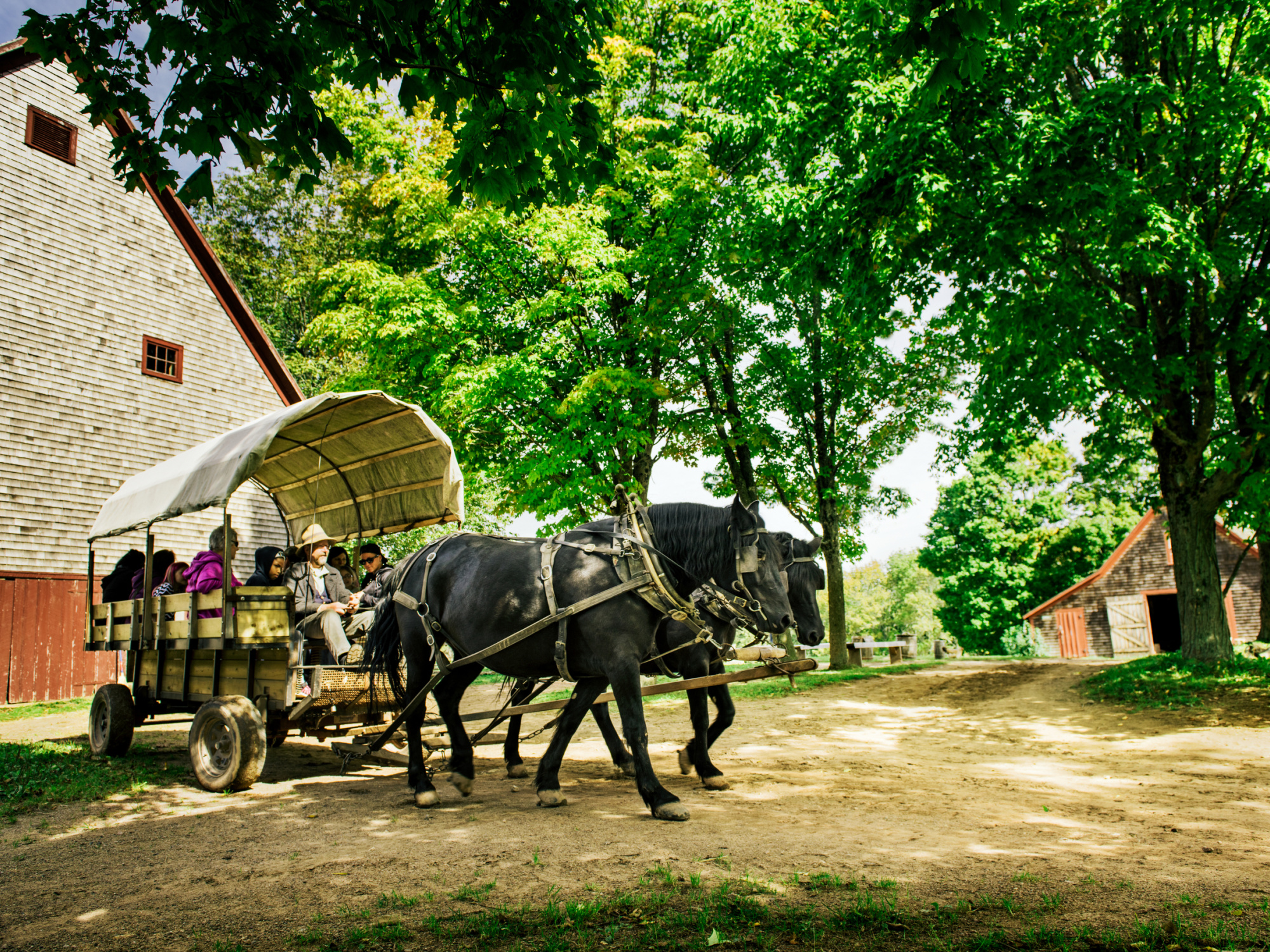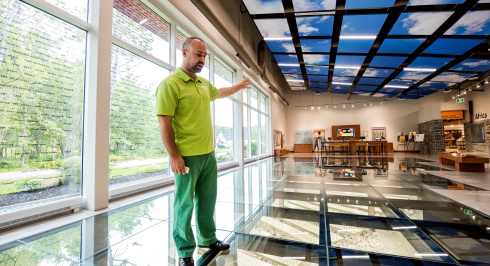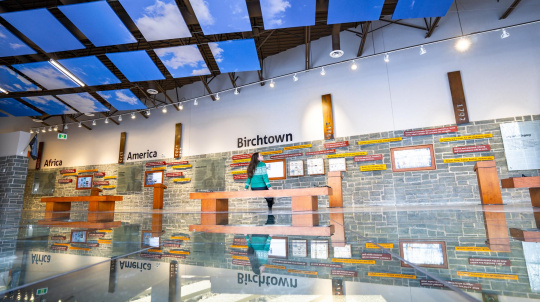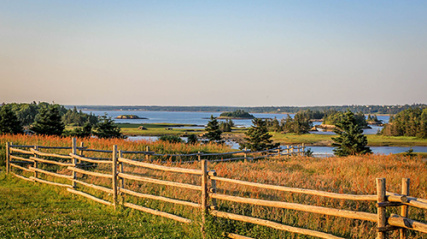
Everyone is invited to learn about and reflect on the contributions of people of African descent to the province’s development, while recognizing the continuing legacies of historical enslavement and anti-Black racism.

Nova Scotia is a centre point of Black history in Canada. Free people of colour have lived in this place for over 400 years. Particular to its legacy of slavery, the province was also the unchosen home of thousands of enslaved people of African descent, and a difficult refuge for many formerly enslaved individuals and families.
Nova Scotia Archives, African Nova Scotians in the Age of Slavery and Abolition
Emancipation Day 2024 at Nova Scotia Museum Sites
On Emancipation Day, the Nova Scotia Museum honours the spirit of those who resisted race-based oppression to build lives and communities here. We recommit to fighting discrimination and systemic racism in the present. We invite you to join us in building a better tomorrow.

Black Loyalist Heritage Centre
Discover the story of the world’s largest free African population outside of Africa, in the late 18th century in Nova Scotia. Located in Birchtown, visitors can visit the modern multimedia museum, historic buildings, and the National Monument commemorating the Black Loyalists Landing in Birchtown in 1783.
Maritime Museum of the Atlantic
Many African Nova Scotians came to Nova Scotia or left Nova Scotia by sea.
Now on display at the Maritime Museum of the Atlantic is the Sierra Leone painting. An iconic image of the Black Loyalist and Sierra Leone experience, it depicts the single largest return of Black people, freed from North American slavery to Africa by a fleet of vessels from Nova Scotia. It is the only known painting showing the arrival of the ships which marked the founding of Freetown and the nation of Sierra Leone. The 15 ships in the painting are emblematic of the spirit of perseverance for justice and our understanding of the untold danger of the voyage. In the painting's foreground, the anchored slave ship is a reminder of the risks involved for the liberated men, women, and children who undertook the 1792 voyage at the height of the transatlantic chattel slave trade. A new model depicting one of the 15 vessels, Lucretia, is also on display.
To understand and commemorate the voyage of the Black Loyalists, students from Auburn Drive High School and many schools throughout Nova Scotia wrote letters and created artwork to engage with this pivotal moment in history. On display are some of their #1792Project contributions. You can join them too, write a letter to one of the 1,196 Black Loyalist seafarers and send it to Auburn Drive High School.

